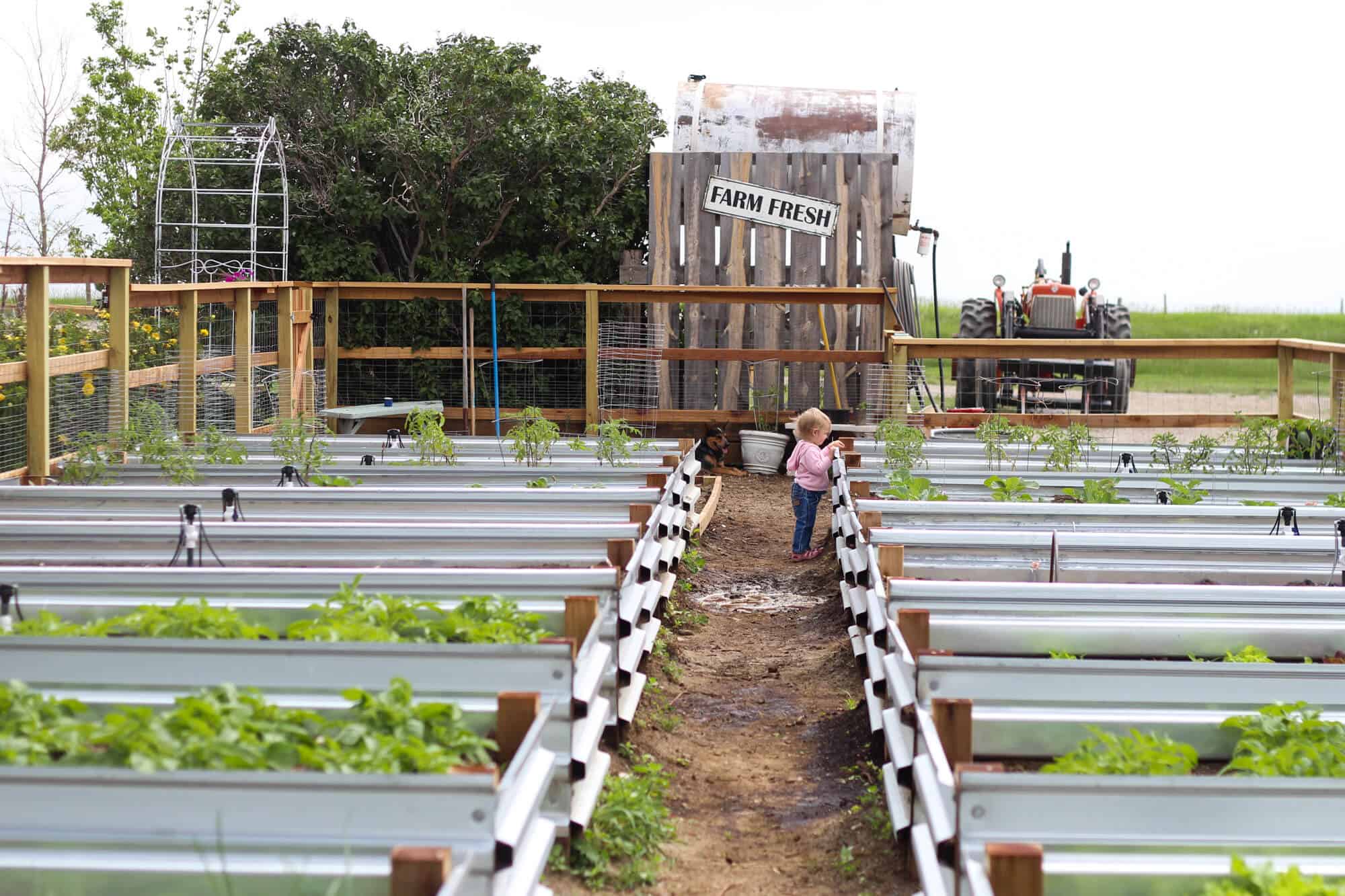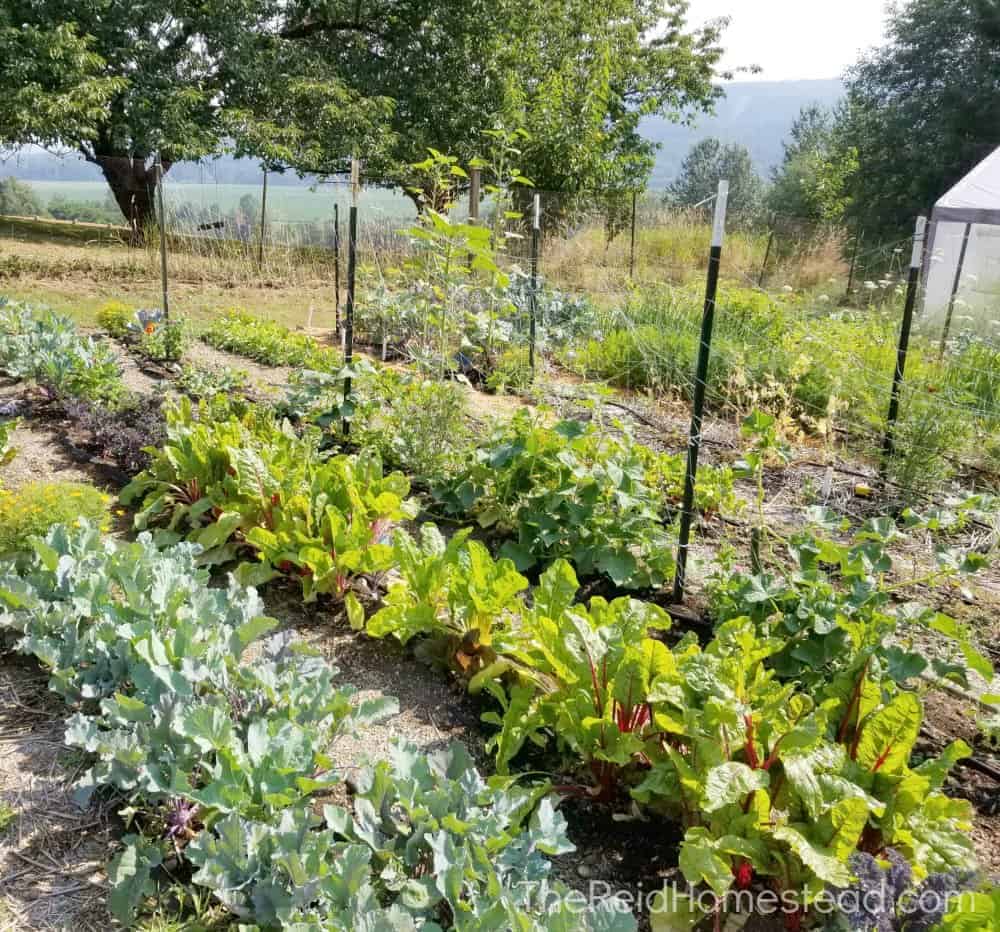Discover the Secrets to Producing a Gorgeous and Productive Horticulture Space
Producing a productive and beautiful gardening area is not simply an issue of planting vegetables and flowers; it calls for a tactical technique that incorporates various critical aspects. From choosing the right area based on sunshine and soil type to attentively designing your layout and choosing ideal plants, each choice plays a crucial function in the success of your garden.
Selecting the Right Location
Choosing the perfect area for your yard is critical to its success and overall aesthetic charm. The primary step in this process includes analyzing sunlight direct exposure, as many plants need a minimum of 6 hours of straight sunshine daily (Homestead Gardening). A south-facing garden typically receives one of the most light, while shaded areas can impede growth and flowering
Furthermore, think about dirt quality and drainage. Well-draining soil is vital to protect against water logged roots, which can result in plant diseases. Carrying out a soil examination can supply useful info regarding pH degrees and nutrient content, allowing you to change the dirt appropriately.
Furthermore, closeness to water resources is another variable to consider - Homestead Gardening. Having simple access to a hose pipe or irrigation system can simplify the watering procedure and motivate consistent plant treatment. Wind defense is also crucial; placing your garden near structures, such as walls or fences, can secure it from severe winds that may harm fragile plants
Finally, take into consideration ease of access for upkeep and harvesting. A well-placed yard enables convenient accessibility, guaranteeing that you can quickly have a tendency to your plants without triggering excessive tension or disturbance. Thoughtful place selection lays the structure for a thriving garden.
Choosing Plants Carefully
When picking plants for your yard, it's necessary to take into consideration factors such as climate, soil conditions, and individual choices to guarantee a efficient and unified area. A complete understanding of your regional environment will certainly guide you in choosing plants that grow in your specific atmosphere. Selecting drought-resistant varieties is advantageous in dry regions, while moisture-loving types may be a lot more appropriate for locations with high rainfall.
Soil problems are equally important; carrying out a soil test can expose pH levels and nutrient content, allowing you to select plants that will certainly grow. Indigenous plants are commonly an outstanding option, as they are generally well-adapted to local dirt kinds and require much less upkeep.
In addition, consider your horticulture objectives. Are you aiming for a decorative screen, a vegetable yard, or possibly a combination of both? This will influence your choices considerably. Reflect on your personal preferences-- choosing plants that resonate with your aesthetic preferences will boost your enjoyment and dedication to preserving your yard. By thoroughly reviewing these aspects, you can develop a diverse and thriving plant selection that elevates your horticulture experience.
Creating Your Garden Design
With an attentively selected plant choice in hand, the next action is to develop a yard design that optimizes both elegance and functionality. Begin by examining the available room, taking into consideration aspects such as sunlight, color, and wind patterns. A well-planned design must include different zones, including locations for growing, pathways, and potentially seating.
Beginning with larger plants or prime focus, such as trees or high perennials, placed strategically to develop aesthetic rate of interest. Layer smaller plants in front to boost depth and texture. Consider the growth behaviors of your chosen plants; taller selections need to be positioned at the back or center of beds, while shorter ones can line the sides.
Incorporating pathways not only helps with accessibility for maintenance however likewise welcomes expedition. Usage products that match the garden's general aesthetic, whether timber, stone, or gravel chips.
Additionally, consider seasonal changes and how your format will look throughout the year. Incorporating evergreens together with seasonal blossoms can make sure year-round elegance. Ultimately, a properly designed yard format balances the natural beauty of plants with useful factors to consider, resulting in a space that is both inviting and productive.
Enhancing Soil Health

To boost dirt health, begin by carrying out a soil test to evaluate pH degrees, nutrient web content, and dirt texture. This will certainly inform your changes. Include raw material such as compost, well-rotted manure, or fallen leave mold to boost dirt framework, water retention, and microbial task. Additionally, practicing crop turning can protect against nutrient deficiency and minimize parasite and condition pressures.
Mulching is another efficient approach; it not just saves moisture however also subdues weeds and progressively enhances the soil as it damages down. Staying clear of too much husbandry is critical, as it can interrupt dirt framework and harm useful organisms. Rather, take on my blog no-till or minimal tillage practices to keep soil integrity.

Keeping Your Yard Efficiently
A well-kept yard gives satisfaction and productivity, calling for consistent interest to guarantee that plants prosper and the landscape continues to be welcoming. Reliable garden maintenance involves a number of vital techniques that improve the health and wellness of your plants and the overall aesthetic of your space.
Regular watering is crucial; nonetheless, it is essential to tailor your watering schedule based upon the details requirements of your plants and neighborhood environment conditions. Mulching can help retain dampness, suppress weeds, and control soil temperature. Timely weeding avoids competitors for resources and nutrients, ensuring that your plants prosper.
Pruning is an additional vital task. It encourages healthy and balanced growth, gets rid of dead or infected branches, and shapes plants to preserve an appealing structure. In addition, checking for illness and parasites is essential; early discovery and treatment can conserve your plants from considerable damage.
Fertilization must be executed attentively, utilizing natural options whenever possible to promote long-term dirt health. Seasonal tasks such as planting, dividing perennials, and preparing for winter will guarantee your yard remains vibrant year-round. By complying with these methods faithfully, you can cultivate a garden that is both see this page productive and lovely.
Verdict
Choosing a suitable area with ample sunlight, picking suitable plants, making a visually pleasing format, boosting dirt health and wellness, and making certain normal upkeep are vital parts. By incorporating these techniques, one can cultivate a thriving yard that not only enhances the landscape yet likewise promotes eco-friendly balance and sustainability.
From picking the right place based on sunlight and dirt look at these guys type to attentively creating your format and selecting suitable plants, each decision plays a critical role in the success of your yard. Well-draining soil is vital to stop waterlogged origins, which can lead to plant diseases.When picking plants for your garden, it's vital to think about factors such as environment, soil conditions, and individual choices to make sure a productive and unified space. Eventually, a well-designed garden design harmonizes the all-natural appeal of plants with useful considerations, resulting in a room that is both inviting and efficient.

Comments on “What to Cultivate in Your Homestead Gardening Setup”